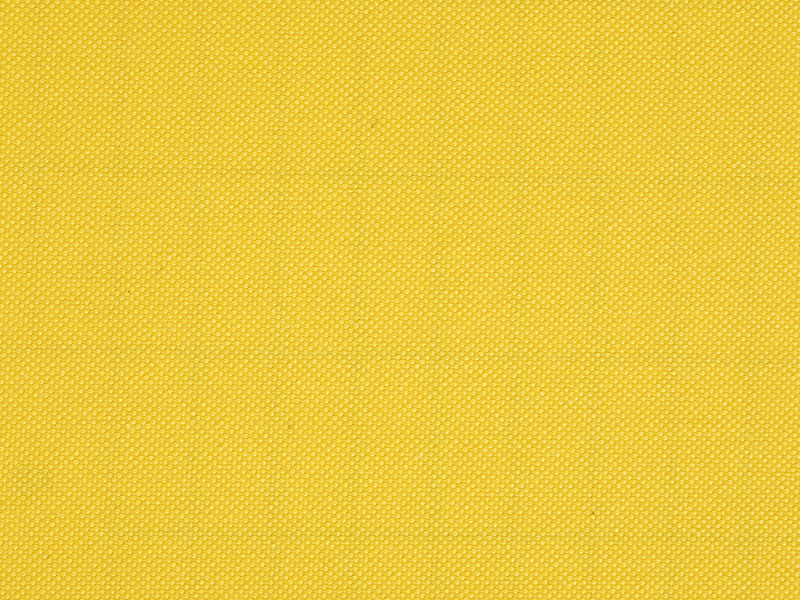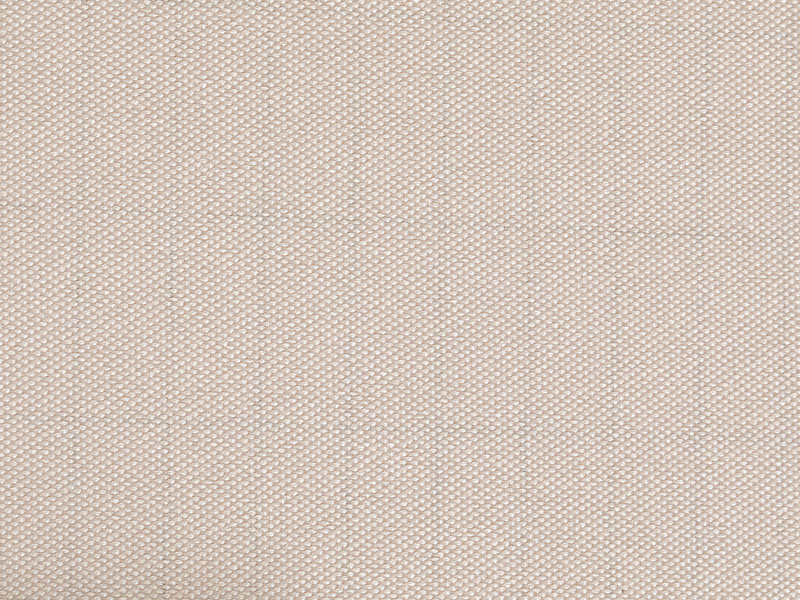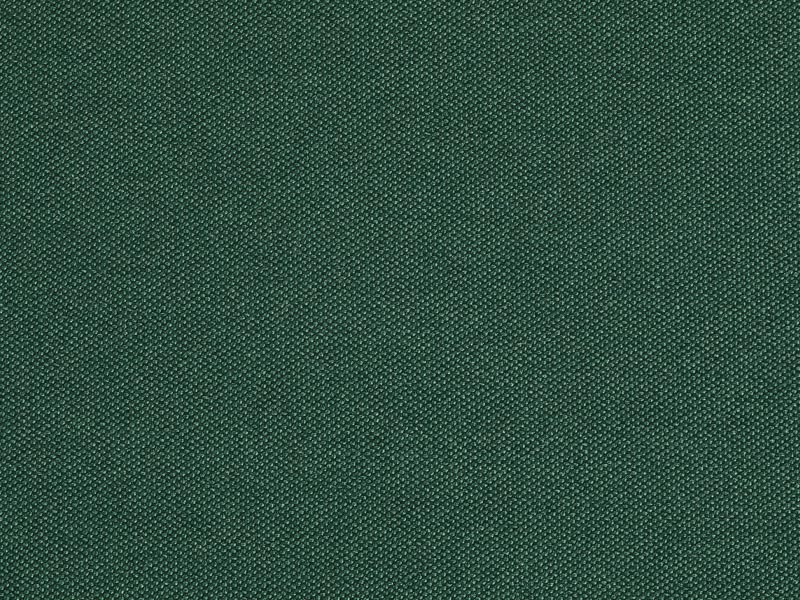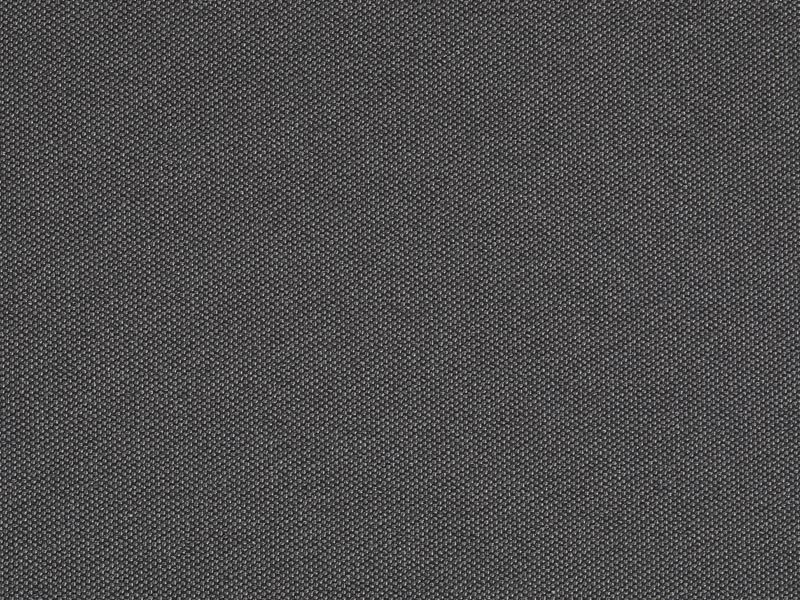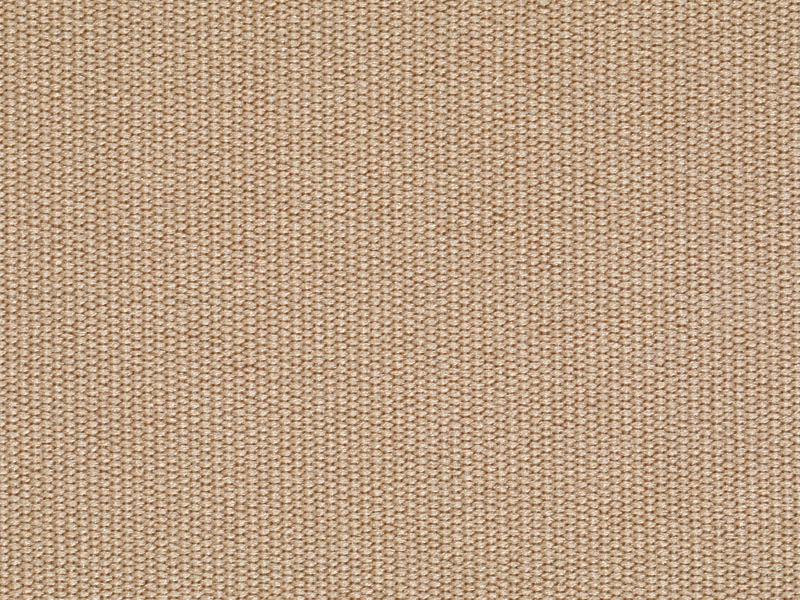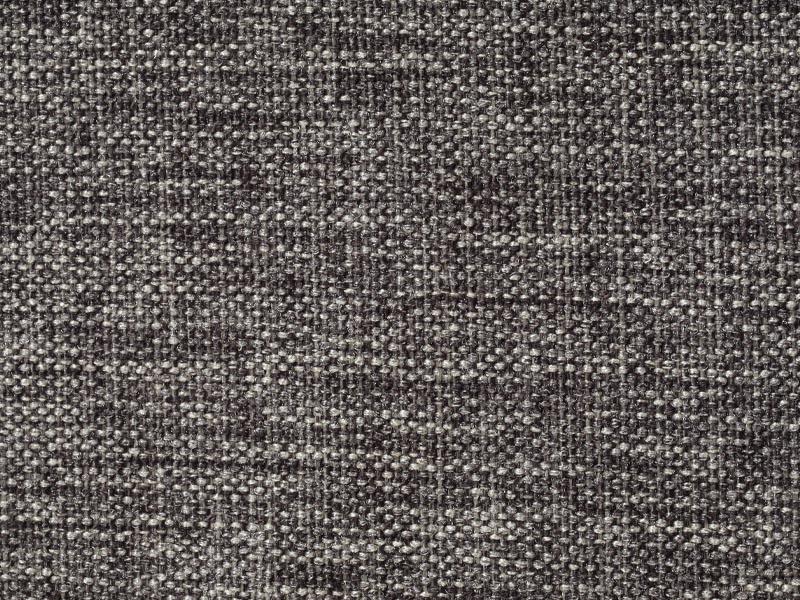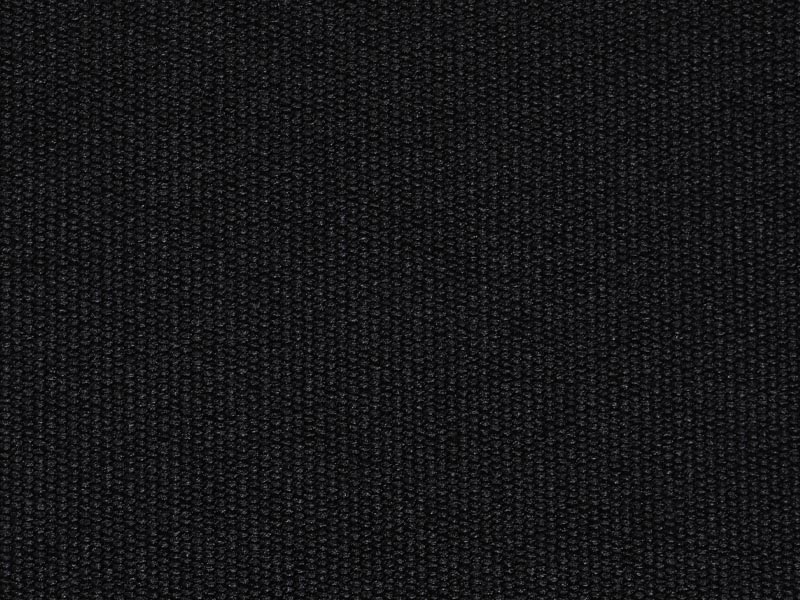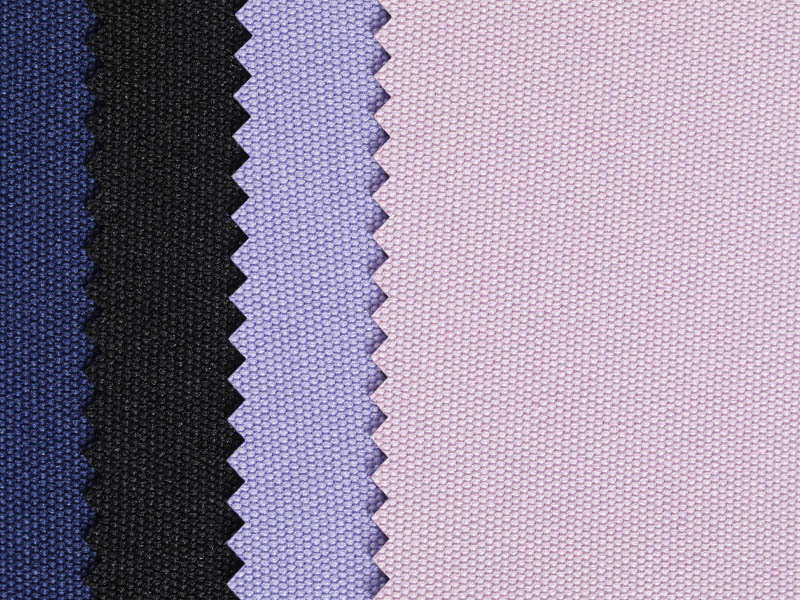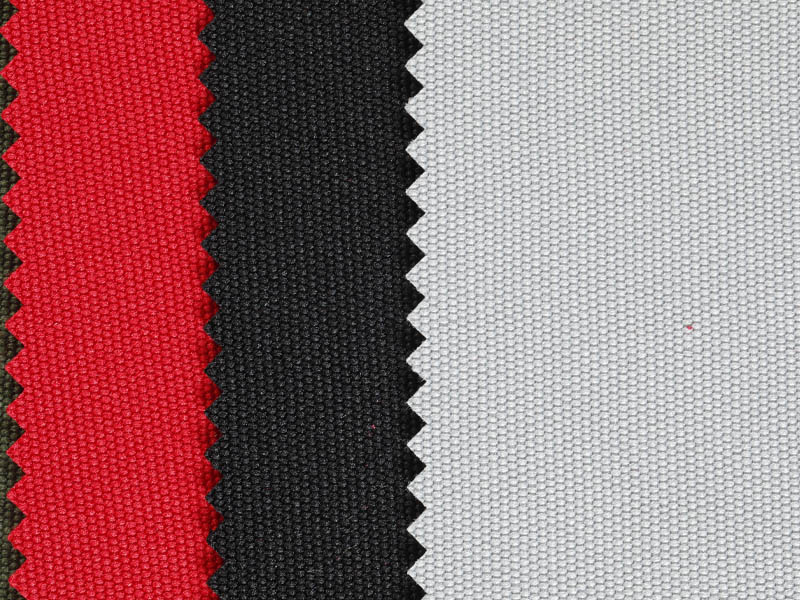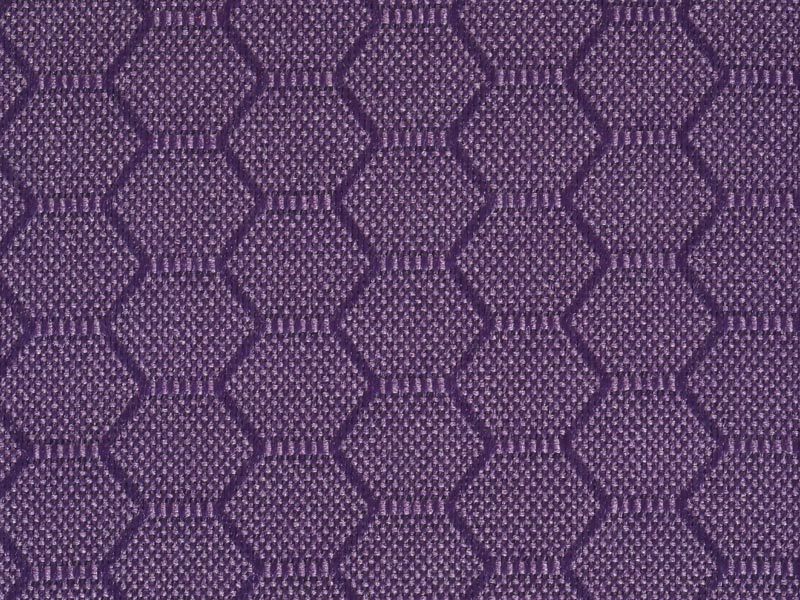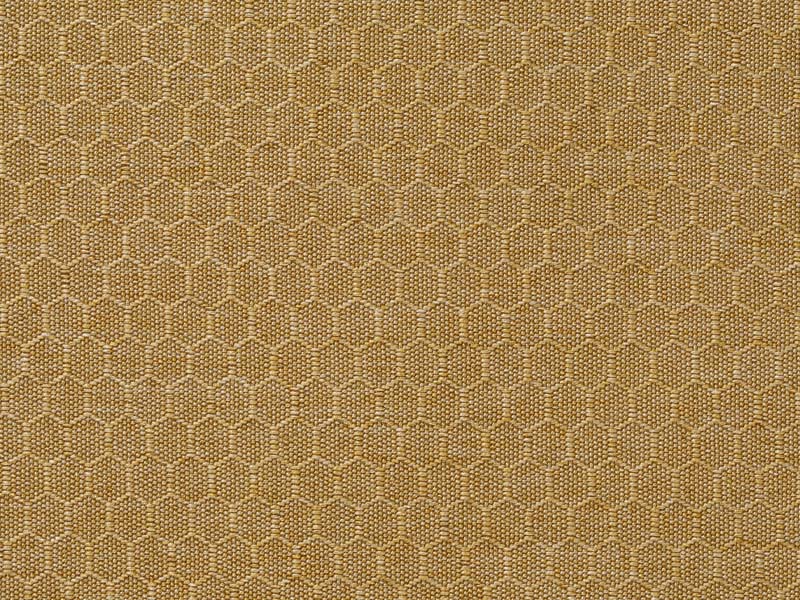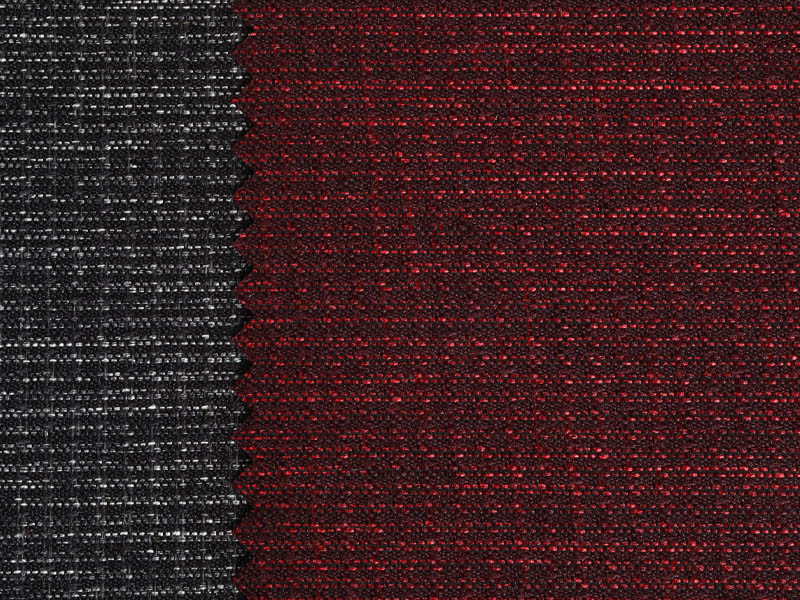PU Composite Fabric vs Genuine Leather: What Should You Choose?
Posted by Admin
When choosing materials for upholstery, accessories, or automotive interiors, the debate often centers around two primary options: PU Composite Fabric and genuine leather. While both materials have their merits, recent years have seen a noticeable shift in preference toward PU Composite Fabric due to its adaptability, consistent quality, and cost-effectiveness. Understanding the differences between the two can help consumers and designers make informed choices based on functionality, aesthetics, and long-term value.
PU Composite Fabric, a synthetic material, is made by bonding a layer of polyurethane to a textile backing—typically polyester or cotton. This structure gives the material flexibility, a leather-like appearance, and enhanced resistance to wear and tear. On the other hand, genuine leather is derived from animal hide and undergoes various tanning processes to create a durable finish. While it offers a natural look and unique texture, genuine leather requires more maintenance and tends to come at a higher price point.
One of the prominent advantages of PU Composite Fabric is its uniformity. Unlike genuine leather, which may vary in grain and texture due to natural imperfections, PU Composite Fabric provides a consistent surface throughout. This makes it easier for manufacturers to deliver standardized quality across large production volumes, an important factor in the automotive and furniture industries.
Durability is another area where PU Composite Fabric performs well. It is engineered to resist scratches, moisture, and fading—qualities that make it suitable for daily-use products such as car seats, handbags, and home furniture. In contrast, genuine leather can dry out, crack, or discolor if not properly conditioned. While leather may develop a patina over time, which some users find appealing, others prefer the low-maintenance nature of PU Composite Fabric.
From an aesthetic perspective, PU Composite Fabric offers remarkable flexibility. It can be manufactured in a wide variety of colors, textures, and finishes, including matte, glossy, or embossed surfaces. This allows designers to match precise interior themes or branding requirements without being limited by the natural tones of leather. For those seeking modern, clean looks, PU Composite Fabric can easily meet those demands.
Cost is another decisive factor. PU Composite Fabric is generally more affordable than genuine leather, making it an attractive choice for both manufacturers and consumers looking to balance quality with budget. The lower cost does not necessarily mean lower performance. In many applications, PU Composite Fabric meets or exceeds expectations in terms of lifespan and usability.
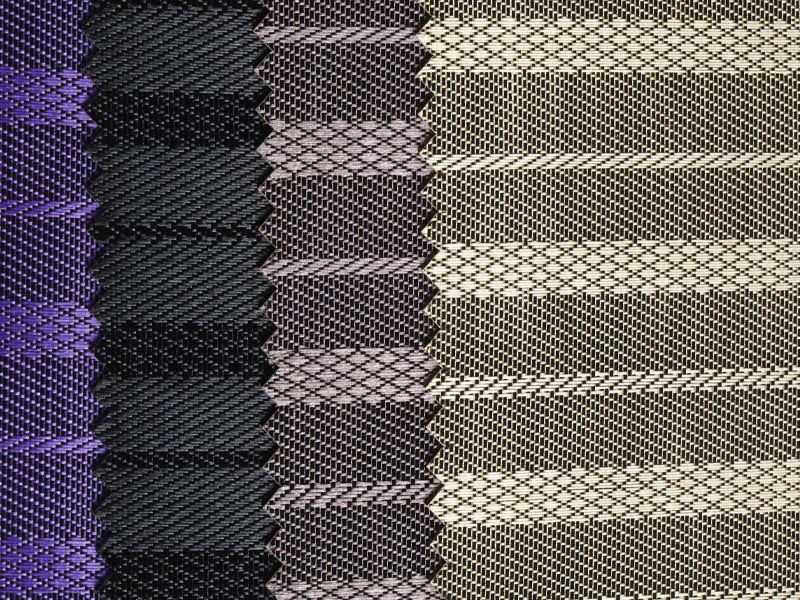
Sustainability also plays a growing role in material selection. Although neither material is fully biodegradable, many PU Composite Fabric products now incorporate recycled base fabrics and eco-friendlier production methods. Genuine leather, while natural, often involves energy-intensive processing and chemical treatments. As environmental awareness grows, PU Composite Fabric presents an opportunity for responsible consumption with lower environmental impact.
Comfort is another consideration. Modern PU Composite Fabric is often engineered for breathability and softness, reducing the plastic-like feel associated with older synthetics. For applications such as furniture and car interiors, this translates to improved user experience without compromising on style or durability.
In summary, while genuine leather continues to hold appeal for those seeking traditional luxury and natural character, PU Composite Fabric offers a compelling alternative. With its combination of affordability, durability, aesthetic versatility, and lower maintenance, PU Composite Fabric is becoming the preferred choice across multiple industries.
Choosing between the two ultimately depends on the specific use case and personal priorities. However, for many modern applications, PU Composite Fabric strikes an ideal balance between practicality and design—making it a smart, forward-looking option for today’s consumers and manufacturers alike.

 English
English Français
Français Español
Español عربى
عربى Tiếng Việt
Tiếng Việt